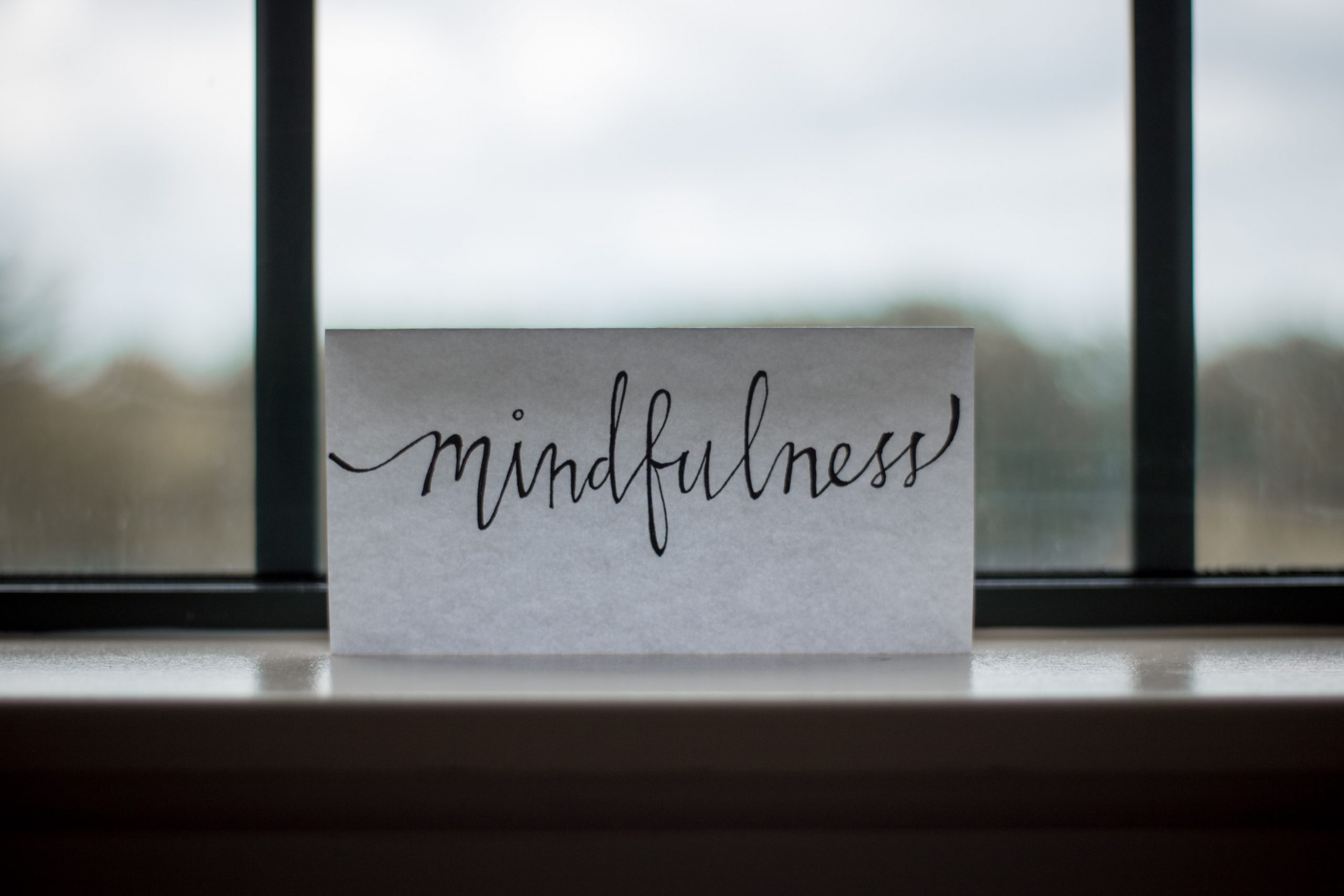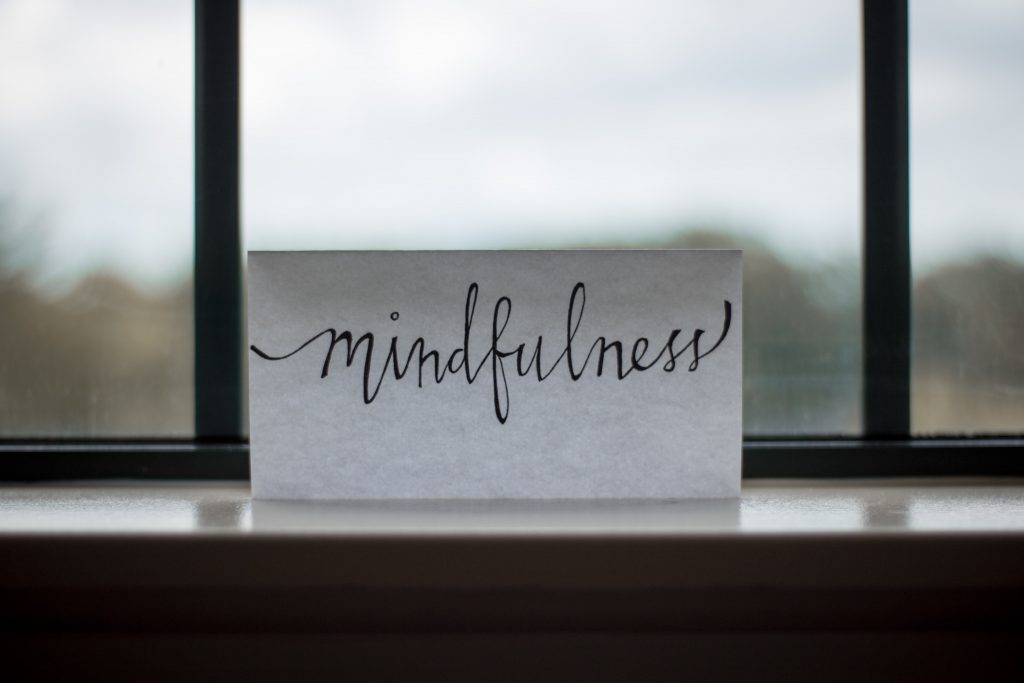Your cart is currently empty!

Mindful When Busy Is it Possible? Try These Tips
Life is overwhelming. Daily commutes, school assignments, work commitments; you name it, it’s easy to lose yourself to the hustle and bustle of survival and ignore life’s beauty. That’s where mindfulness comes in. By revealing your thoughts, emotions, and yearnings, mindfulness helps you act intentionally instead of impulsively.
Mindfulness also facilitates overcoming addiction recovery by helping addictive users control their cravings be they drink drugs or phycological reasons like gambling. When it comes to physical health, mindfulness treats blood pressure, heart complications, gastrointestinal problems, even chronic pain. Although it’s easier to meditate in a quiet environment, you can still incorporate mindfulness into your hectic day. The idea is to take advantage of downtime moments and blending mindfulness with everyday activities. You can have a mindful day with the following tips.

Keeping Mindful When Busy By Doing One Task at a Time
Multitasking is a lie. Although it seems like a way to do a lot at once, multitasking is just your brain jumping from one activity to another, losing information in the process. Studies suggest that only 2.5% of the population multitasks effectively. Separate findings confirm that doing several things simultaneously increases your chances of making mistakes. This is especially true when the activities are complex and require concentration.
Whether you’re eating, bathing, or working, finish one activity before moving on to the next. You could allocate 20 minutes to each task to ensure every activity gets your full attention. What’s more, limit distractions by working in a quiet environment and avoiding gadget use. Feel free to take breaks to declutter your mind. You could also quit multitasking by batching your tasks. By fitting similar tasks into a particular period, you free your mind to handle something else.
Mindful Eating
Besides checking what you consume, mindful eating entails paying attention to the meals’ taste and feelings of satiation. Rather than judging your sensations, acknowledge how the meal makes you feel, from purchase and preparation to serving and consumption. In most cases, meals are rushed affairs. It’s not uncommon to eat on your morning commute, as you watch TV, or work on your laptop. Likewise, some people eat to cope with loneliness and stress instead of satisfying hunger.
There are several ways to eat mindfully. First off, employ every sense during mealtime. Consider how the ingredients smell, look and sound during preparation. This goes hand in hand with appreciating the meal, the people who prepared it, and those you’re sharing it with. Don’t forget to acknowledge the food’s source. This not only includes plants and animals but also those who brought the food from the farm to your plate.
Do Nothing for a Few Minutes
Doing nothing is often frowned upon. With everyone struggling to make ends meet, it’s easy to mistake doing nothing for laziness. Doing nothing involves abandoning every task to sit down and relax. As such, don’t check your emails or squeeze in TV time. Doing nothing presents numerous benefits. First off, the breaks expand your subconscious to boost your creativity. Instead of choosing obvious solutions, doing nothing reveals a new perspective on an issue, sometimes resulting in life-changing ideas.
Doing nothing could also make you kinder. By sparing 10 minutes daily to explore your thoughts, you uncover a greater purpose that inspires you to change how you treat people. Find a comfortable position for this technique to be effective. You can sit on a cushion, couch, or meditation stool. Although you can lie down, don’t fall asleep.

Embrace Technology
Technology is inevitable. Instead of viewing it as a distraction, you can use technology to deepen your mindfulness. For instance, you can download acoustic guitar music and nature sounds to set the mood for meditation. Meditation images like waterfalls, beaches, and mountaintops also come in handy.
You can also watch spiritual teachers on YouTube for meditation guidance. Another option is mindfulness apps that contain guided procedures for traveling, falling asleep, and dealing with stress and grief. You could also invest in smart yoga mats. Thanks to their sensors, these mats check your alignment to suggest better meditation postures. Not forgetting smartwatches that monitor fitness progress to inspire lifestyle changes.
Take Advantage of Evenings and Early Mornings
Apart from increasing your focus and energy, starting the morning with silence gives your days a calm start. Wake up earlier than usual to prevent meditation from eating into your day. But don’t rush to start work when you reach the office. Unless you have to, don’t check your emails immediately after you get to your desk.
Even before you switch on your computer, ask yourself about high-priority tasks and tackle them first. Handling demanding duties first sets the pace for the day and makes it easier to respond to interruptions. Likewise, allow yourself to relax before getting into the house in the evening. This way, chores, and your family’s needs don’t overwhelm you when you get home. Don’t forget to meditate before bedtime. Sitting on your bed for 30 minutes every night relaxes your body and gives you a restful sleep.

Conclusion
These techniques may be informal to you may use other methods to keep Mindful When Busy, but these provide the same benefits as traditional meditation practices. You’ll soon start to notice a shift in your mood, productivity, and overall wellbeing. How do you stay mindful during busy days? Comment with your meditation techniques and follow us for similar weekly posts.
